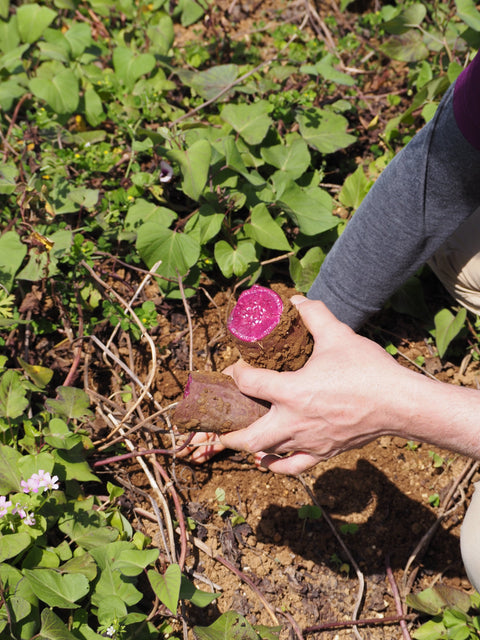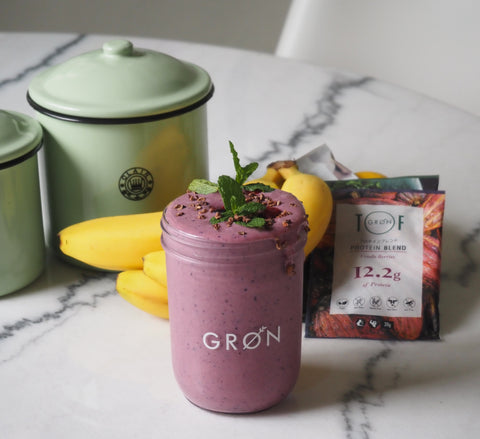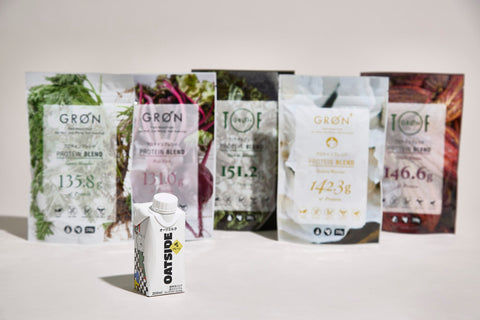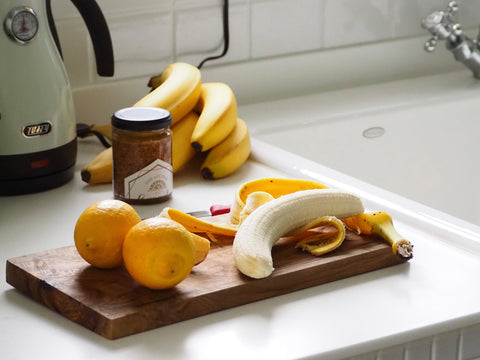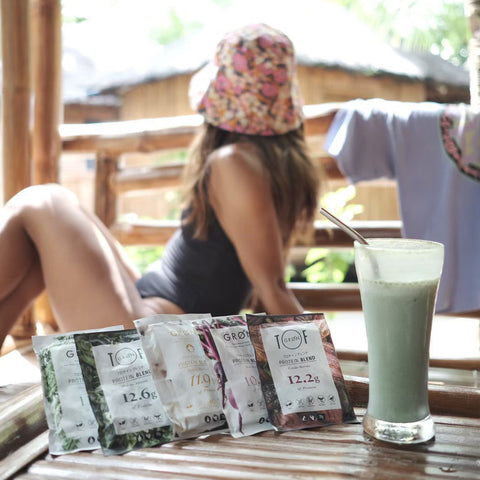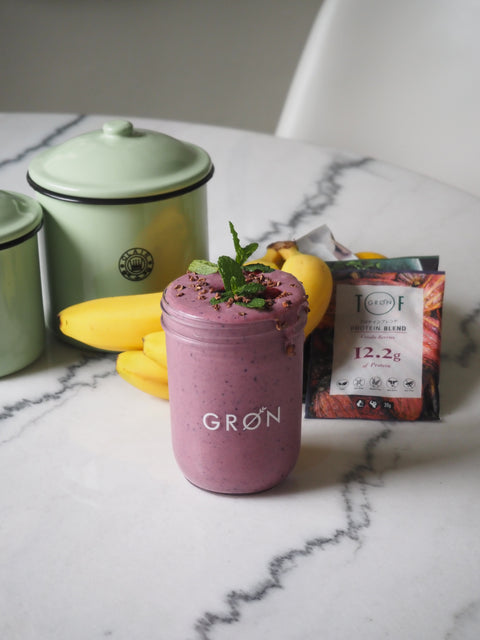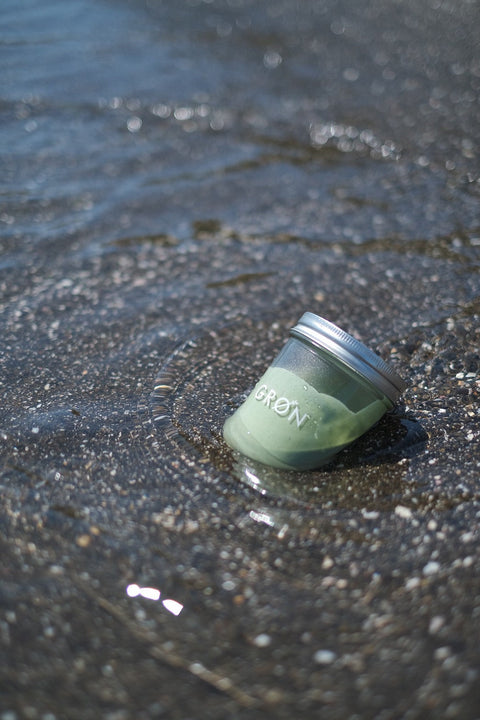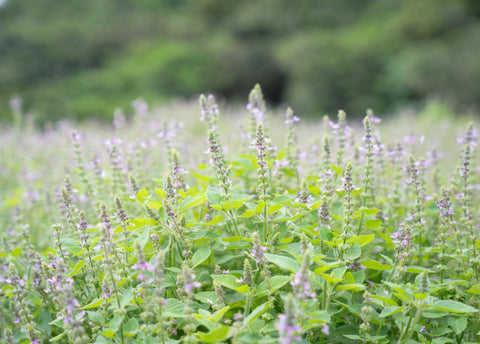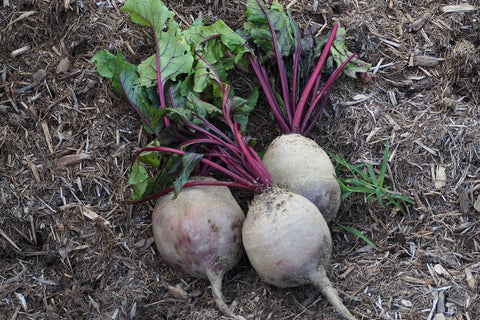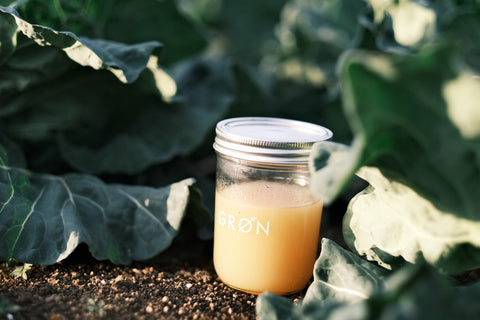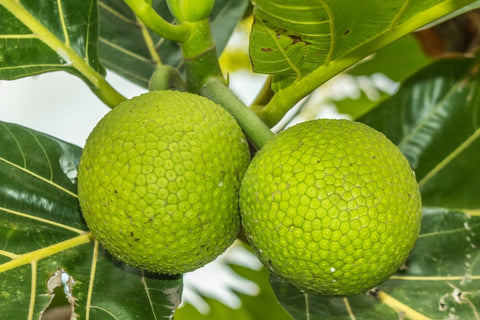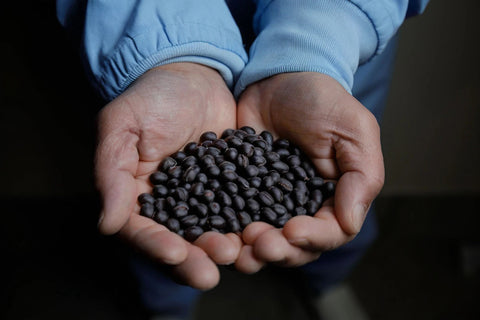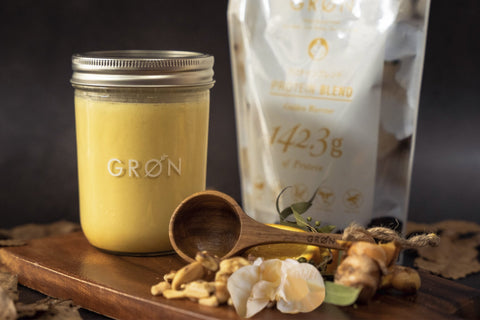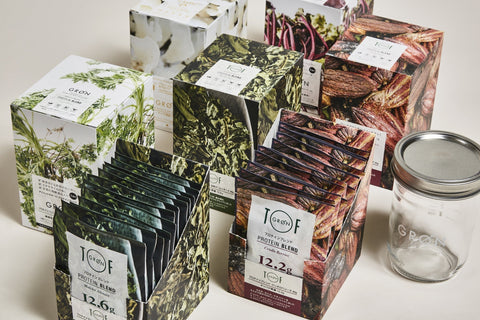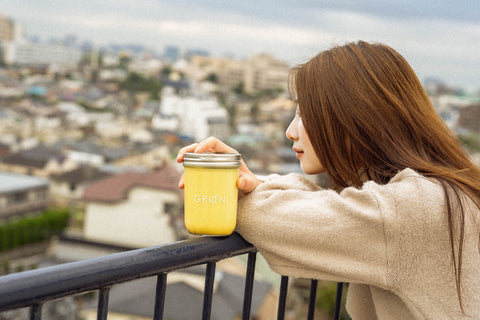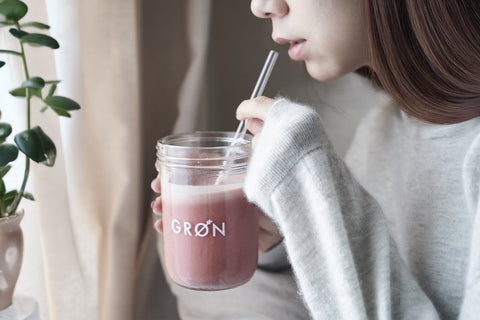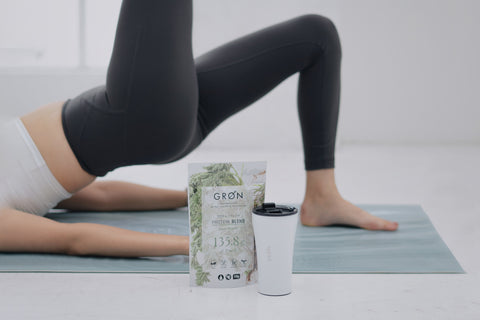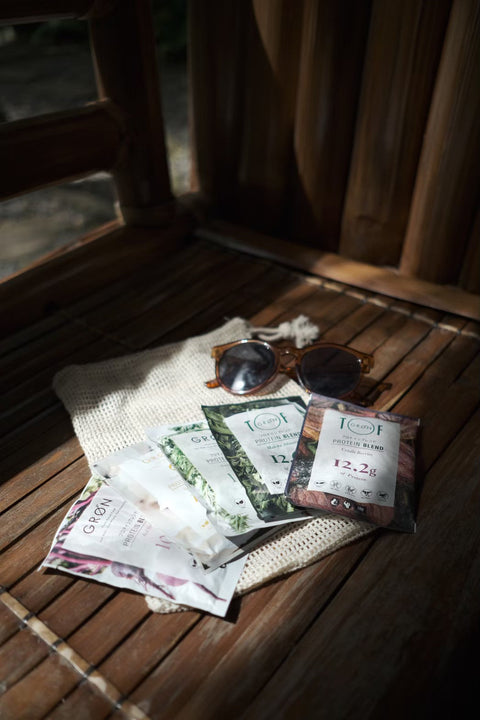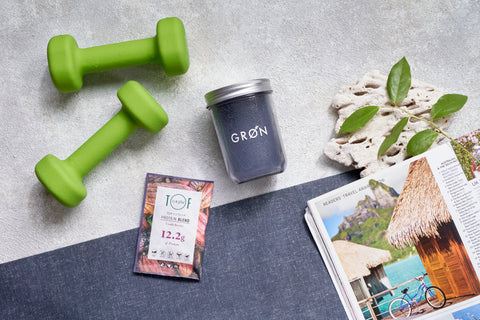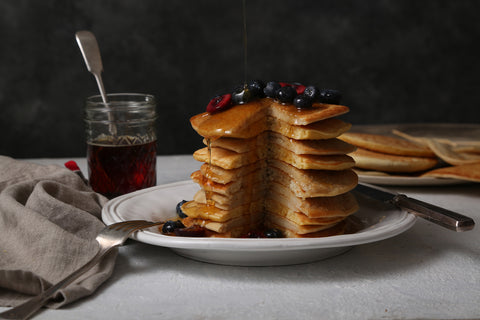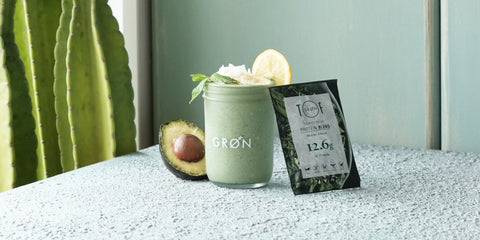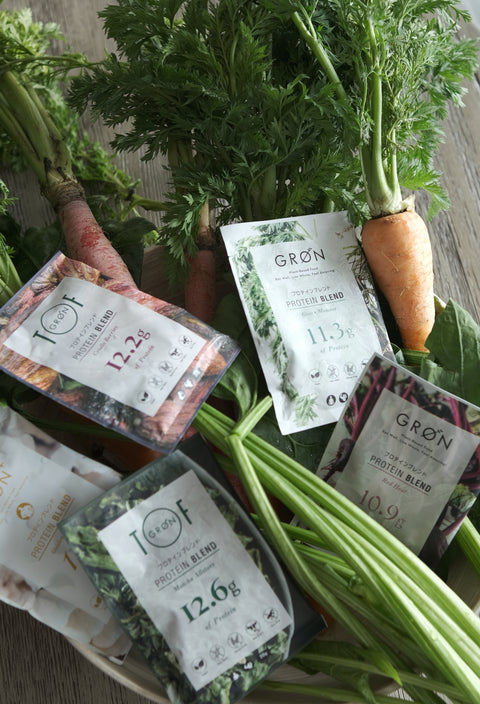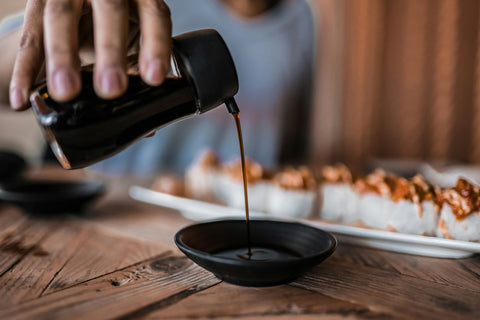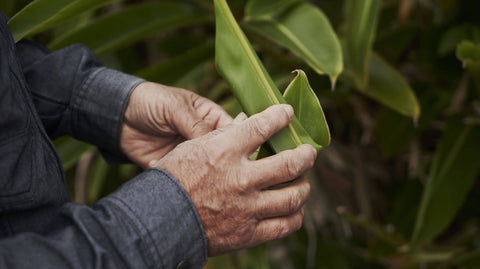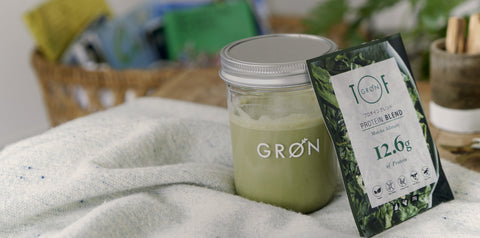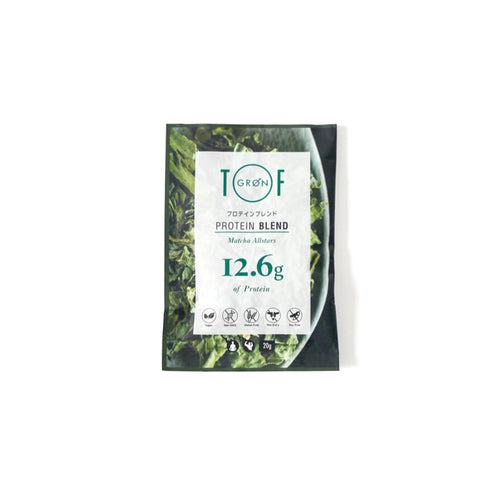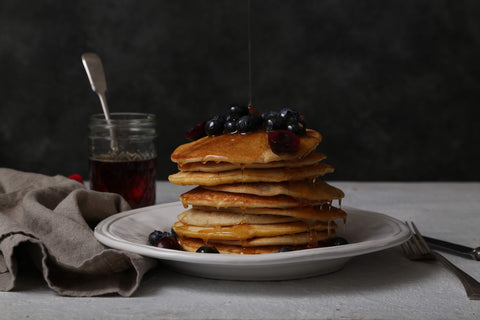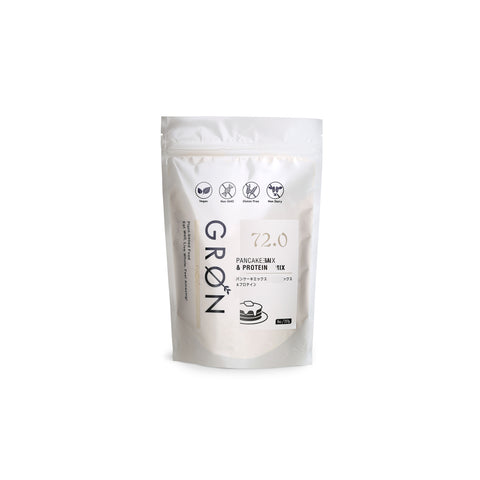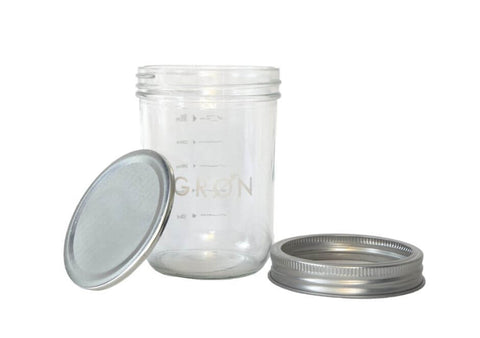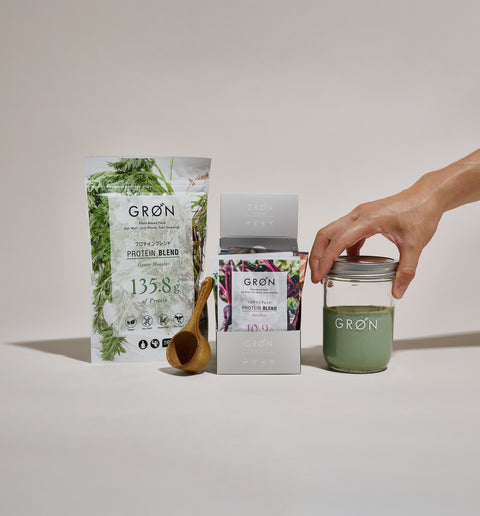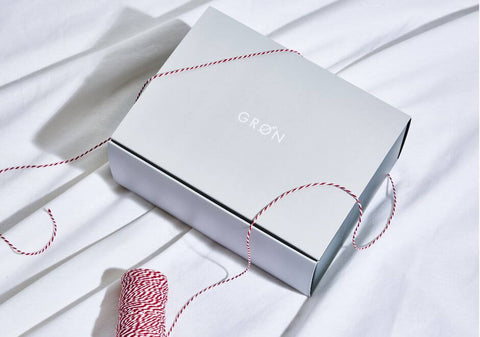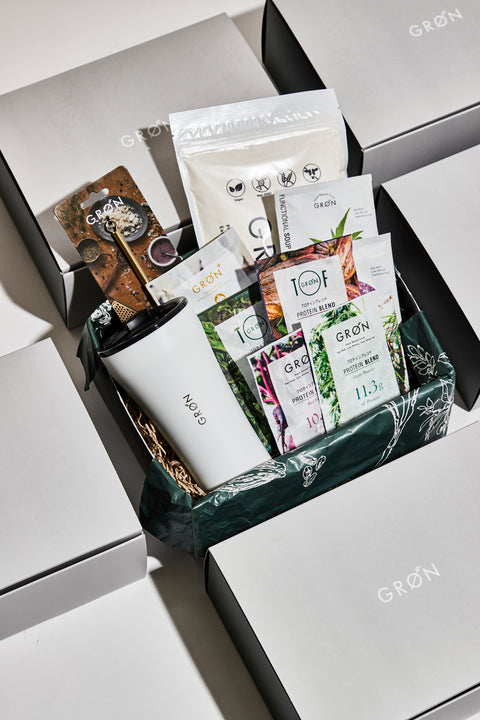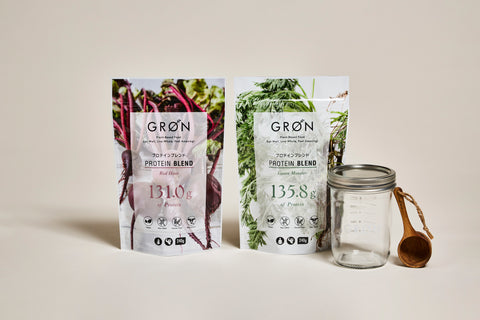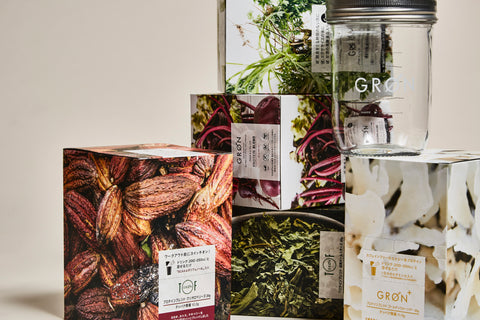What are "polyphenols" that protect our bodies? Nutritionist's Column Vol.81
Phytochemicals are the seventh type of nutrient that is attracting attention as a nutrient that has a positive effect on our bodies and beauty.
It is a plant-derived nutrient that has antioxidant and immune-boosting properties and is also known as a "phytonutrient."
We have introduced phytochemicals several times in the past, but this time we will focus on " polyphenols ," which is one of the most commonly heard of phytochemicals.
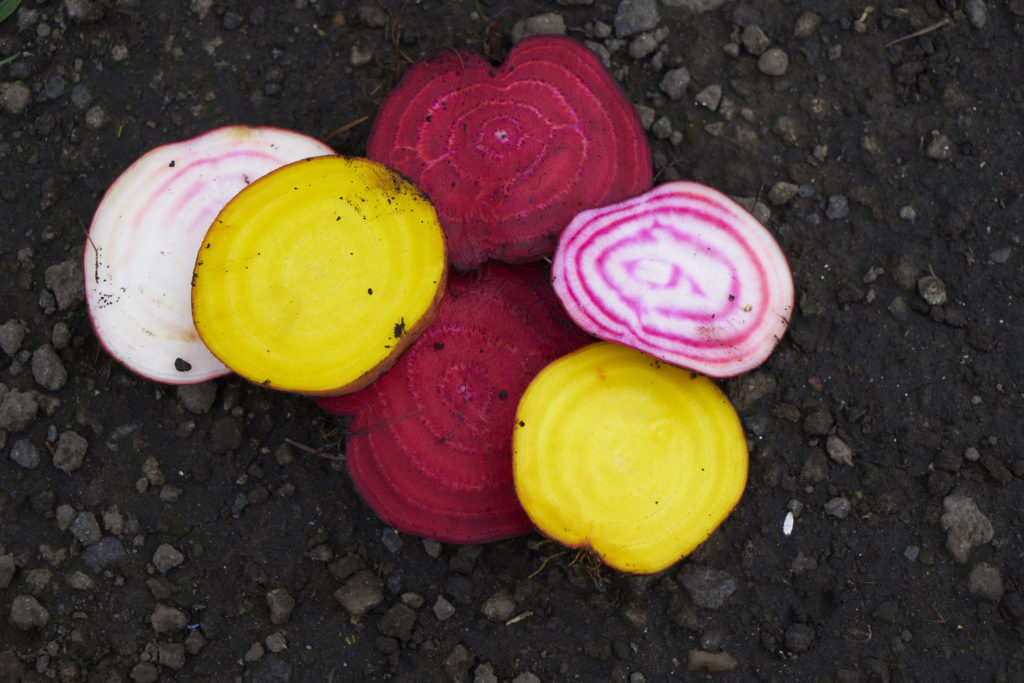
What are polyphenols?
Polyphenols are a general term for compounds (such as bitter, astringent, and pigment components) produced when plants undergo photosynthesis . They are antioxidants that plants acquire to protect themselves from damage caused by ultraviolet rays and other factors.
Humans are naturally endowed with the ability to produce an antioxidant enzyme called SOD (superoxide dismutase), which removes active oxygen that can lead to illness.
However, as we age, our ability to produce SOD decreases.
Furthermore, there are many factors around us that generate active oxygen, such as stress, ultraviolet rays, and food additives.
Therefore, it is important to consume polyphenols from food in order to increase the antioxidant power that protects the body from active oxygen.
Oxidation and glycation in the body ~ Nutritionist's Column Vol.69

This polyphenol first attracted attention in the 1990s.
In 1991, Dr. Serge Renaud of France and his colleagues discovered that the low mortality rate from heart disease among the French was related to their consumption of red wine, and announced that even if you consumed a lot of animal fat, you had a low risk of heart disease if you drank red wine.
As a result of this announcement, many people became aware that the polyphenols contained in red wine could help prevent arteriosclerosis.
Since then, the health benefits of polyphenols contained in various foods have come to the forefront of attention, and they have been found to be useful in preventing arteriosclerosis as well as preventing and improving lifestyle-related diseases.

Classification and characteristics of polyphenols
When thinking of polyphenols, many people may imagine the red-purple color that is representative of wine, but there are actually many different colors and types, with over 8,000 types said to exist in nature.
Depending on their structure, polyphenols are classified into categories such as flavonoids and non-flavonoids, and ingredients such as anthocyanins, catechins, cocoa polyphenols, isoflavones, and curcumin are also types of polyphenols.
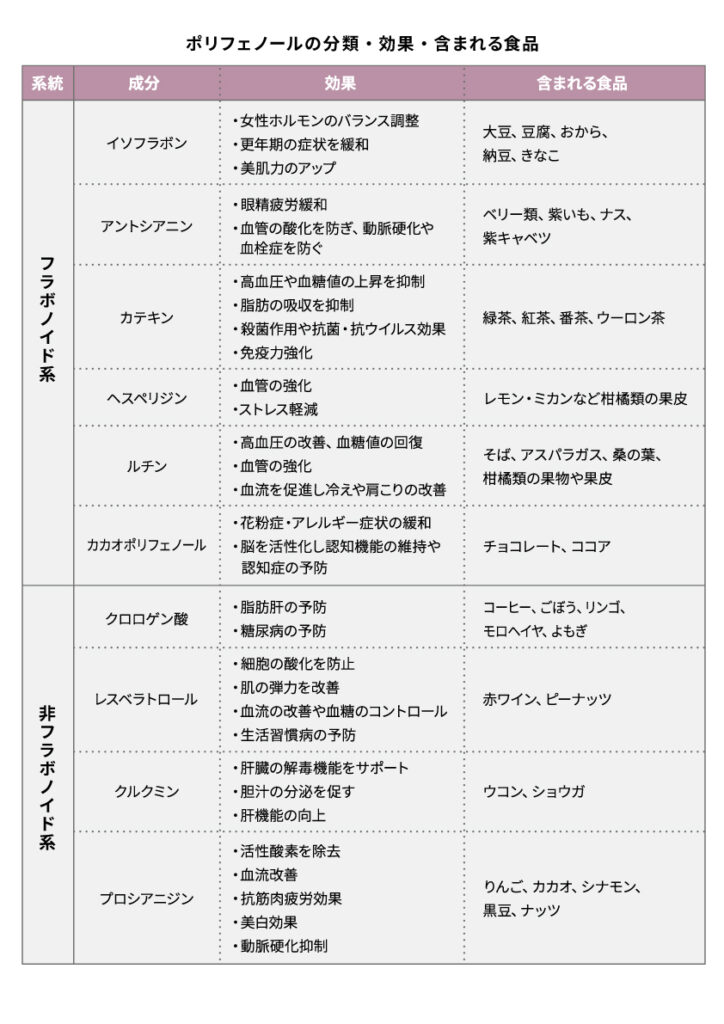
Isoflavones
Food: soybeans, tofu, okara, natto, kinako, etc. Effects: relieves menopausal symptoms, improves skin beauty
It is said to have a structure similar to the female hormone estrogen.
Anthocyanin
Foods: Berries, purple sweet potatoes, black soybeans, black sesame seeds, red wine, eggplant, purple cabbage, etc. Effects: Prevents eye fatigue, oxidation of blood vessels, and prevents arteriosclerosis and thrombosis.
Because of its excellent safety and stability, it is used as a natural food coloring.
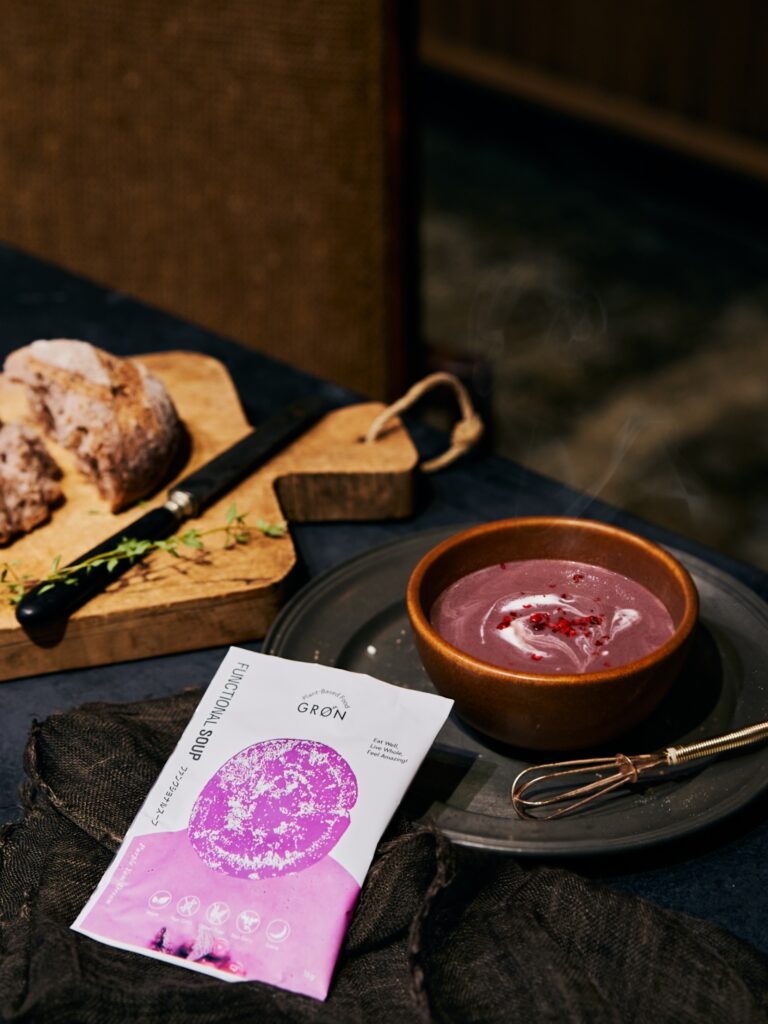
Catechin
Food: Green tea, black tea, bancha tea, oolong tea, etc. Effects: Suppresses high blood pressure and blood sugar levels, and inhibits fat absorption
It is said to have bactericidal, antibacterial and antiviral effects, and is also expected to boost immunity.
Hesperidin
Food: Citrus peels such as oranges and lemons Effects: Improves blood flow and reduces stress
It is also known as an active ingredient in dried orange peel, a traditional Chinese medicine ingredient. It is also known as vitamin P.

Rutin
Foods: Buckwheat, asparagus, citrus fruits and peels, etc. Effects: Improves high blood pressure, restores blood sugar levels, strengthens capillaries, promotes blood flow and improves chills and stiff shoulders.
Cocoa polyphenols
Food: Chocolate, cocoa, etc., for alleviating hay fever and allergy symptoms, activating the brain, maintaining cognitive function, and preventing dementia.
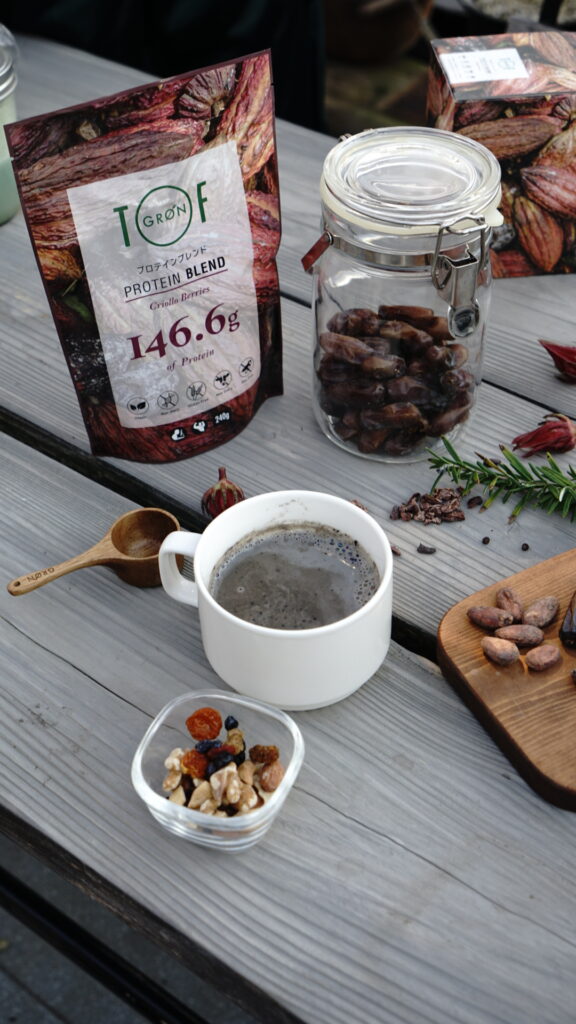
Chlorogenic acid
Foods: Coffee, burdock, sweet potato, potato, etc. Effects: Prevents fatty liver caused by accumulation of neutral fat in the liver, and prevents diabetes by preventing rises in blood sugar levels.
Resveratrol
Foods: Red wine, black grape seeds and skin, peanut skin, etc. Effects: Prevents cell oxidation, improves skin elasticity, improves blood flow and blood sugar control, prevents lifestyle-related diseases

Procyanidins
Food: apples, cacao, cinnamon, black beans, nuts, etc. Effects: excellent at removing active oxygen, improves blood flow, prevents muscle fatigue, whitens skin, inhibits arteriosclerosis
Curcumin
Foods: turmeric, curry, etc. Effects: Supports liver detoxification, promotes bile secretion, improves liver function
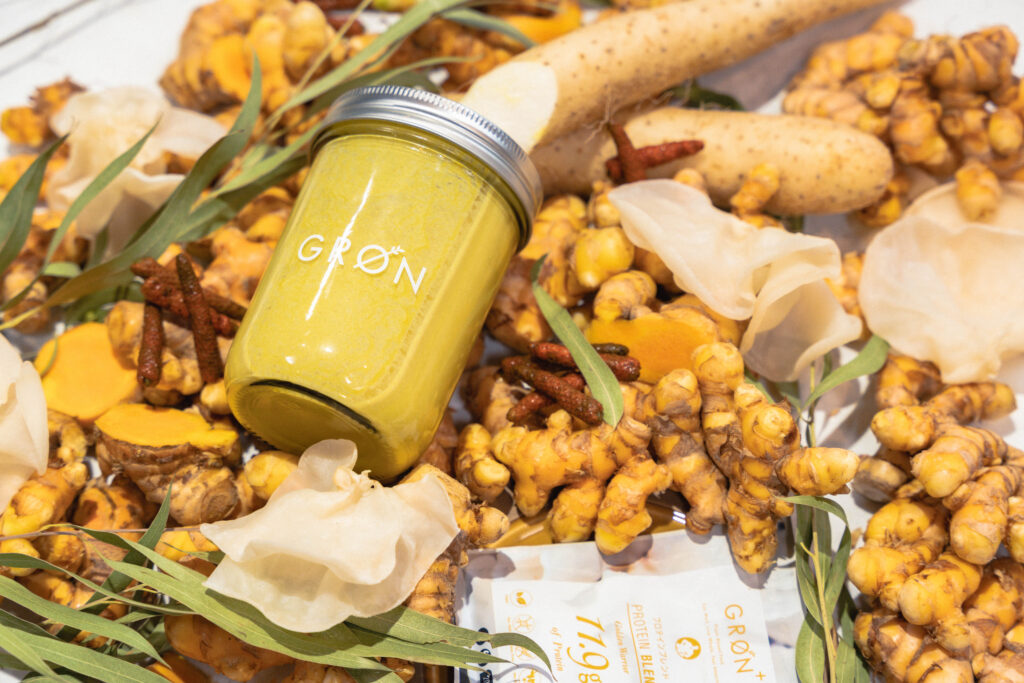
There are many other types of polyphenols, and in addition to their antioxidant properties, they also have various health and beauty benefits depending on the type.
Especially this winter, be sure to incorporate more plant-based foods into your diet to keep your immune system functioning properly.
Polyphenols are water-soluble and cannot be sustained for long periods of time, so be sure to take them every day.
GRØN's protein blends and soups contain ingredients that contain a variety of nutrients, including polyphenols.







